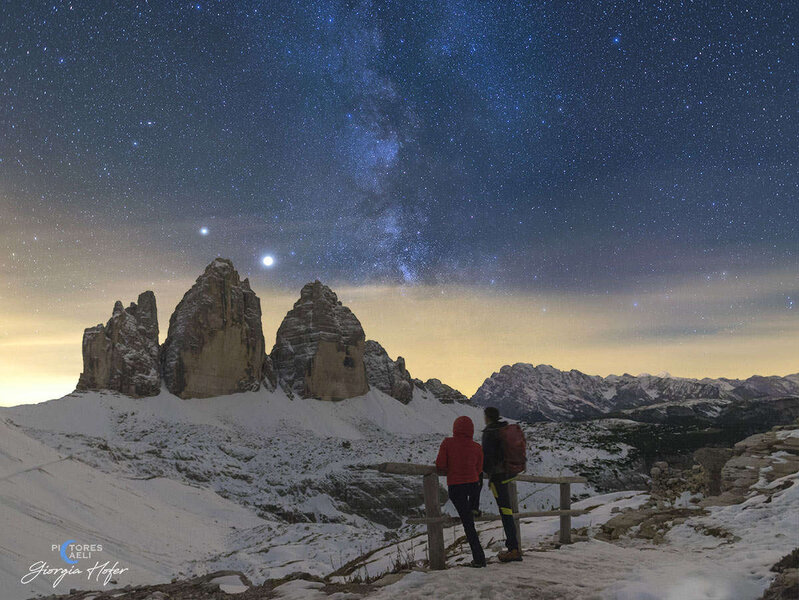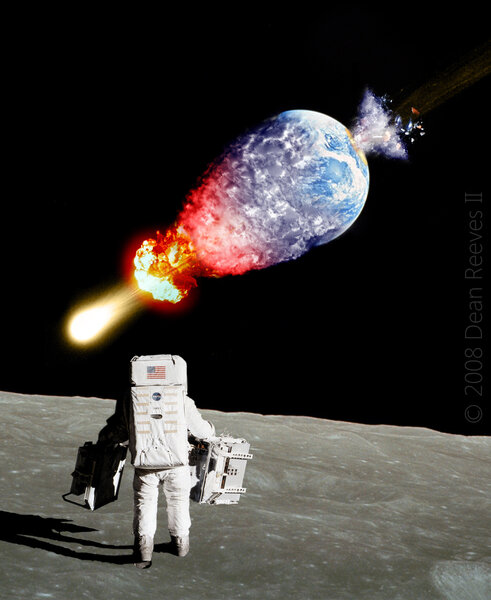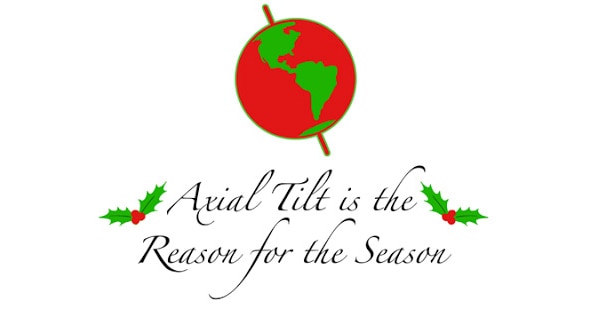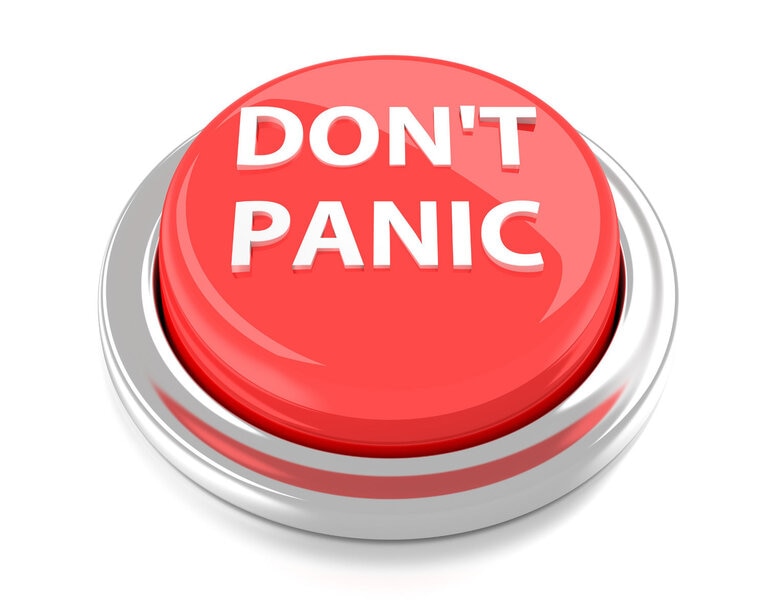Create a free profile to get unlimited access to exclusive videos, sweepstakes, and more!
No, it's the end of the *year*, not the end of the *world*
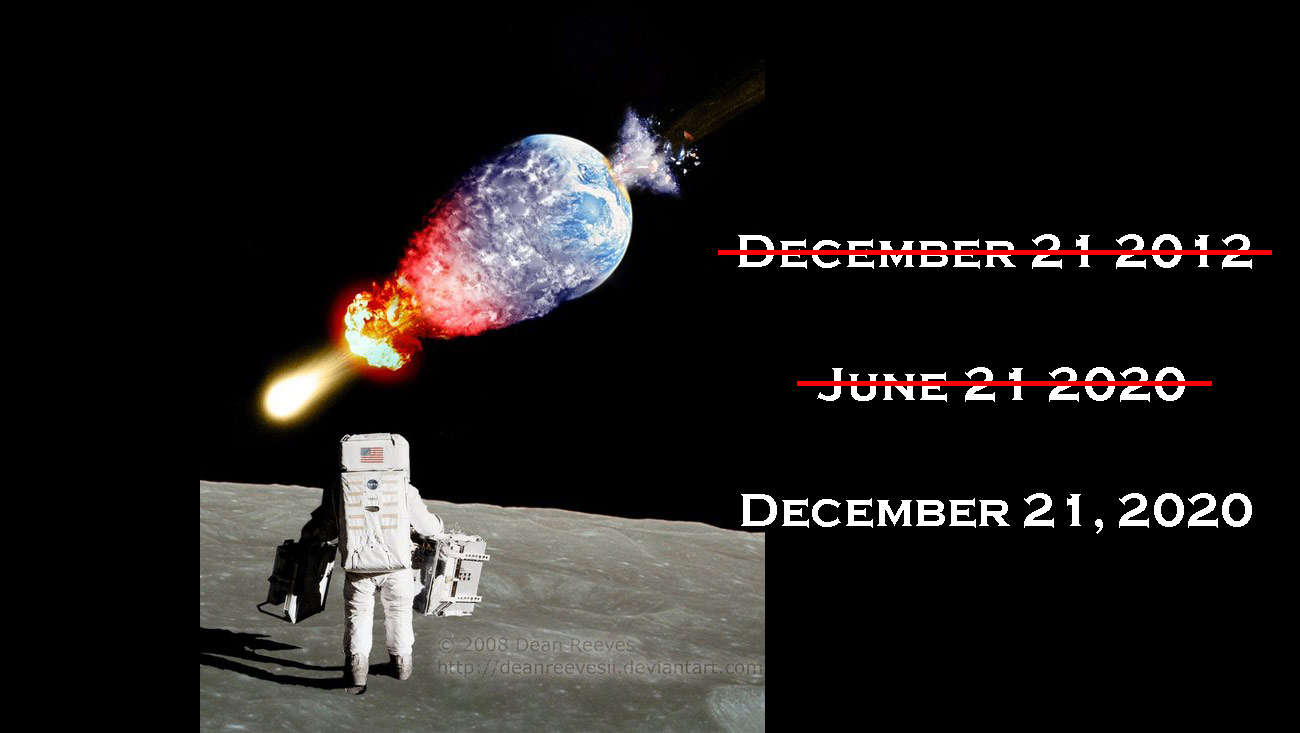
Cosmophobia [noun]: from cosmo (space) + phobia (fear), the irrational fear or dread of outer space or of catastrophes coming from space
Well, it's the end of the year, and that means it must be time for more BS astronomical doomsday claims by crackpots and tabloid rags.
These pop up every few months, and generally are badly warmed-over ideas recycled from the last time the Earth wasn't destroyed. And here we are again.
Of course, it's 2020, so maybe you're shrugging your shoulders and thinking, "Oh, it's something about the end of the world? Yeah, add it to the pile." But we do have real issues to contend with right now — perhaps you've noticed — and a lot of folks aren't familiar enough with astronomy to understand how silly these claims are.
The claims I'm seeing are, bizarrely, nearly the same as last time and from the same people. Maya prophecy, shady pastors who have bizarre rants on YouTube, and the like. I debunked this stuff back in June 2020 — please go read that first — but here they are again, using ever so slightly different material.
What's new is that they're adding in the Jupiter/Saturn conjunction, the solstice, and a newly discovered asteroid. Let's take a quick look at these.
On Dec. 21, 2020, the two giant planets Jupiter and Saturn will appear so close together in the sky that they will almost look like one object. They've been approaching each other for some time, and it's getting pretty noticeable in the low southwest after sunset now. Passing just 0.1 degrees apart on the 21st, it's the closest such event (called a conjunction, though a lot of doomsday prophets prefer the term alignment) in about 400 years, and won't be repeated for many more.
So is this dangerous? Can the combined gravitational force of the two planets add together, causing earthquakes or planetary destruction here on Earth?
Nope. Jupiter and Saturn are both indeed huge planets, but they're very far away, and gravity weakens very rapidly with distance. 20 years ago there was a "Grand Alignment" of many planets, prompting the same fears, so I did a little math on my old Bad Astronomy website, showing that all the planets together have much a weaker gravitational pull on Earth than the Moon does. At best, Jupiter's effect on Earth is a mere 1% as strong as the Moon's!
Not only that, but the Moon's orbit is elliptical, so it's gravitational effect on Earth changes cyclically every month, strengthening and weakening by far more than all the other planets combined. If that doesn't destroy the Earth, then the planets won't either.
Think of it this way: If an alignment like this can cause widespread death and destruction, why didn't it the last time this occurred?
As it happens, the conjunction is on the same day as the December solstice. But that doesn't mean anything. The equinoctes and solstices depend on the Earth's axial tilt (that 24° tip you see on globes) relative to its orbit, which has nothing to do with Jupiter and Saturn. There's no gravitational effect from it or anything else. It's just a fun coincidence.
I have also heard about an asteroid that was recently discovered which might pose a threat to Earth. The asteroid, called 2020XR, is indeed what's called a Potentially Hazardous Object (or PHO), one bigger than 140 meters wide that can get closer to Earth than 7.5 million kilometers. An impact from such an object could be very bad. 2020XR is a PHO in that it's probably something like 300 – 400 meters across, and can get closer to Earth than our own Moon.
However, it doesn't get any closer than 2 million kilometers from us for at least 170 years, and on its next pass, January 2, 2021, it misses us by a fairly comfortable 50 million kilometer margin. So not only does it not pass us at the solstice, but it misses us by a substantial fraction of the size of Earth's orbit. Heck, the folks at JPL who keep track of dangerous objects don't even have it listed on their site. In fact, there are no known asteroids getting anywhere near us for quite some time.
That doesn't mean there won't be some rock we don't know about, but the odds of that are extremely low for any given time. Plus, the rocks we tend to miss are small, and don't do that much damage, if any at all.
The point is, these prophets, seers, charlatans, crackpots, whatever, are wrong.
And this sort of thing really ticks me off. For one thing, every time — every time — they spout off about stuff like this, I get contacted by people frightened by what they've heard. Some of these folks may have cosmophobia (the fear of space) or other anxiety issues, but they certainly don't deserve to be antagonized by people twisting science and truth.
And that's the other part that upsets me. The conjunction between Saturn and Jupiter is an amazing thing, a rare and beautiful event that can be shared by millions of people across the planet, people who can then experience some joy.
And these hucksters turn it into something awful. They use it to scare people. And whether they actually believe it or don't doesn't matter greatly with me as much as they fact that they're wrong.
So go out and enjoy these wonders of the sky, and remember — if you want to find out what's really going on in the Universe, listen to what scientists are saying about it. It's what they do, and they're pretty good at it.
